Tag: Diabetes Insipidus
-

Oh, CR*P! Using point-of-care C-reactive protein tests
—
by
Few companies now offer affordable point-of-care tests for canine C-reactive protein (CRP). As we did when we recently received our new box of CRP slides, you might soon be asking the question: what do we even do with this stuff? Here’s what we’ve learnt… CRP is one of the acute phase proteins produced by the…
-
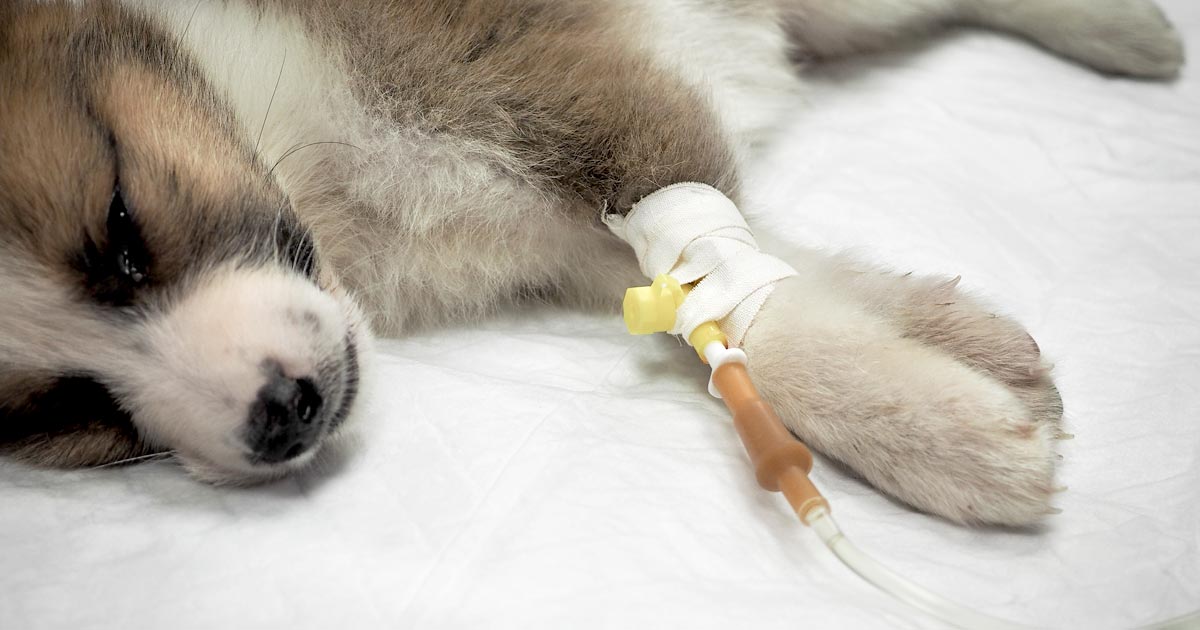
Hyponatraemia, pt 2: causes
—
by
The causes of hyponatraemia can be divided into three major categories, based on serum osmolality. This is further divided based on the patient’s volume status (Table 1). Most patients we see in clinic fall into the hypovolaemic category, except patients with diabetes mellitus. Table 1. Causes of hyponatraemia based on osmolality and volume status (from…
-
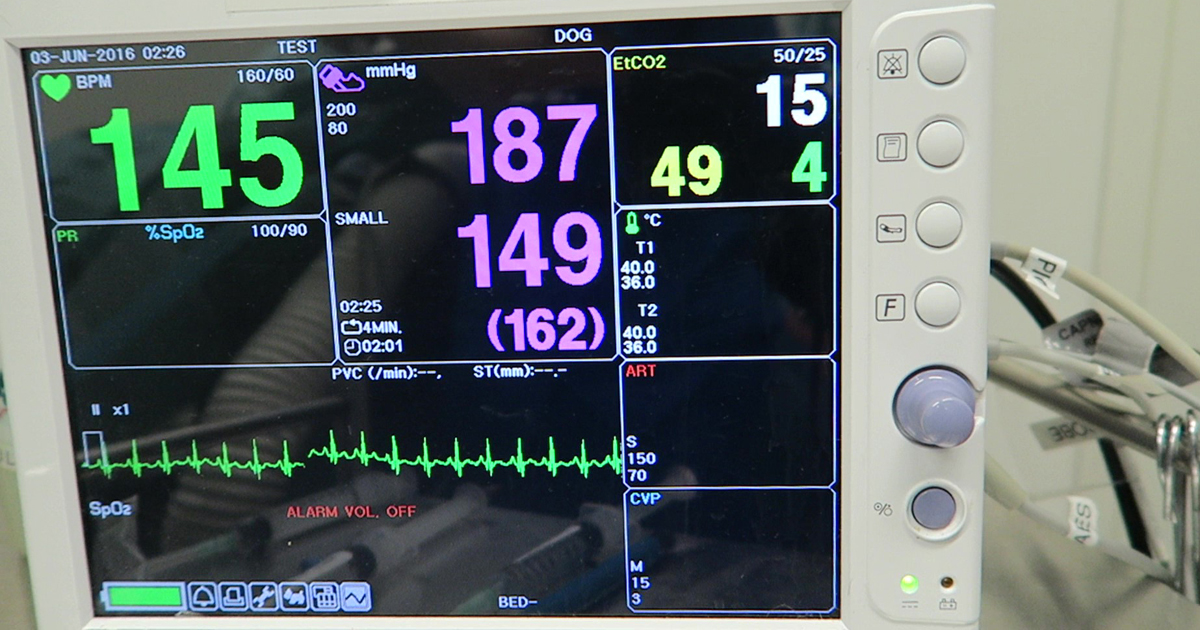
Systemic hypertension, part 2: clinical signs and diagnosis
—
by
Systemic hypertension, part 1 Systemic hypertension (SH) alone is often asymptomatic until it is severe, making early detection difficult. For this reason, it is important to know the diseases, illnesses, and other causes that can contribute to SH and recognise their clinical signs. From there, through thorough diagnostic investigations, a diagnosis will, hopefully, result then…
-
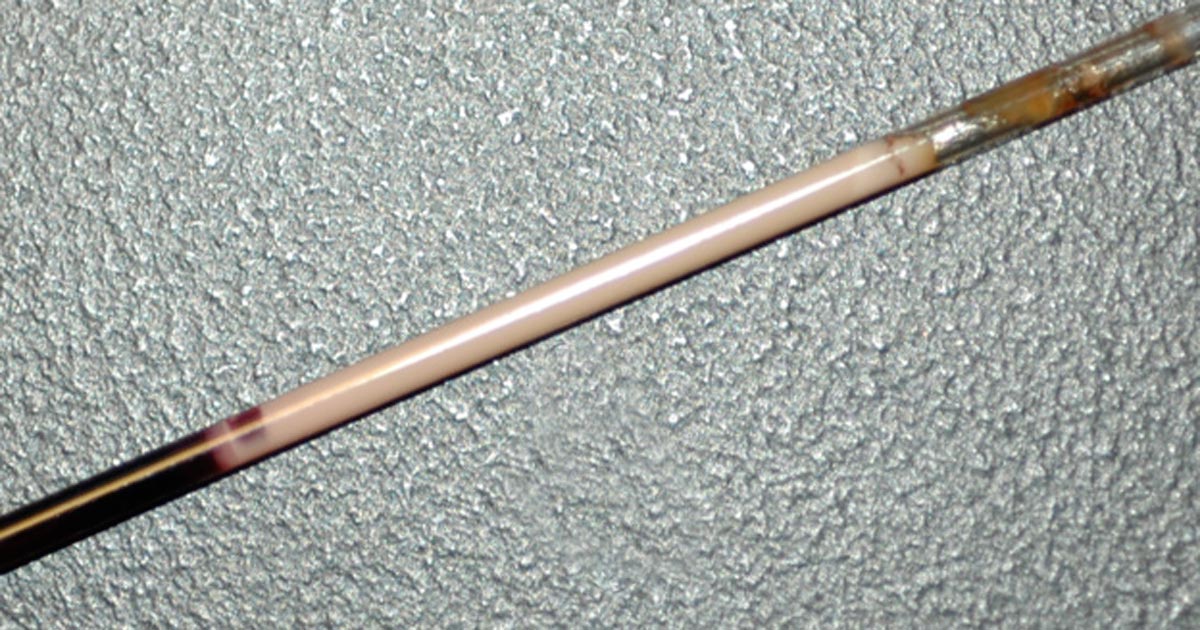
Lipaemia – the bane of biochemistry
—
by
Last week we covered haemolysed samples – this week we’re looking at lipaemic samples. Lipaemic samples are caused by an excess of lipoproteins in the blood, creating a milky/turbid appearance that interferes with multiple biochemical tests and can even cause haemolysis of red blood cells. Lipaemia can follow recent ingestion of a meal – especially…
-
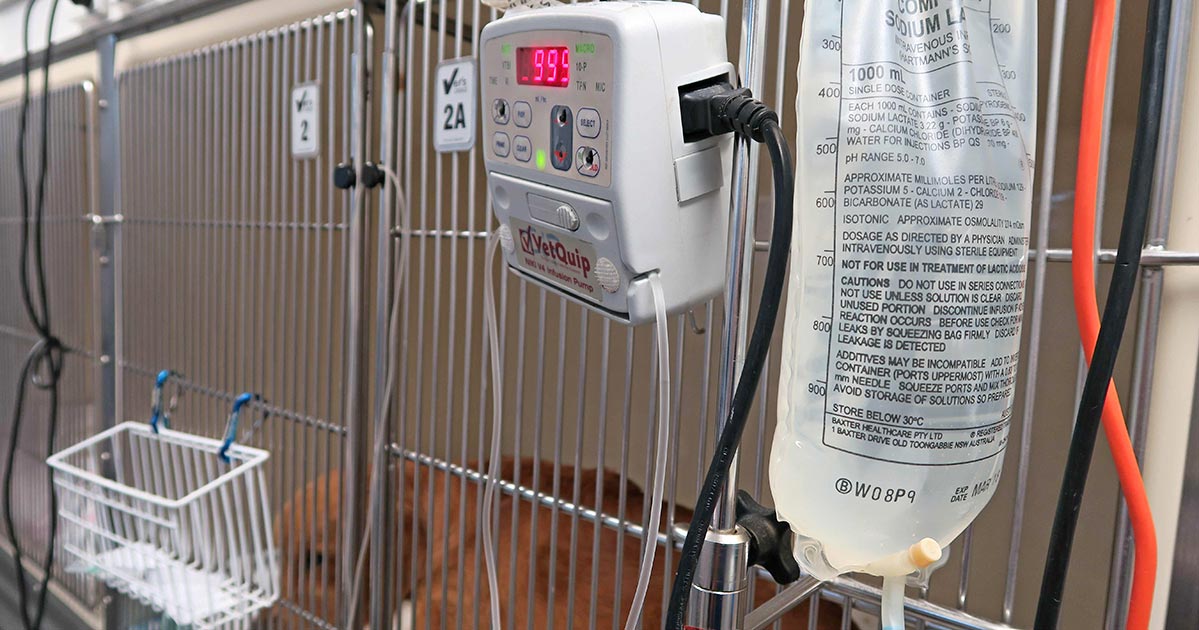
Fluid therapy part 4: ongoing losses
—
by
This month, we will look at the final part of a fluid therapy plan – accounting for ongoing losses. This can be challenging, but some general rules can be helpful. First, let’s recap the four parts of a fluid therapy plan: Perfusion deficit Hydration deficit Maintenance requirements Ongoing losses When considering ongoing losses, try to…
-

Home visits: improving lives for vets, owners and pets
—
by
We were disappointed to read Nick Marsh’s recent assessment of home visits as “frustrating and scary”. As the UK’s largest home visit service provider, we are concerned about owners who cannot easily take their animals to the vet. As we are all too familiar with, travelling to the vet can be a traumatic experience for…
-
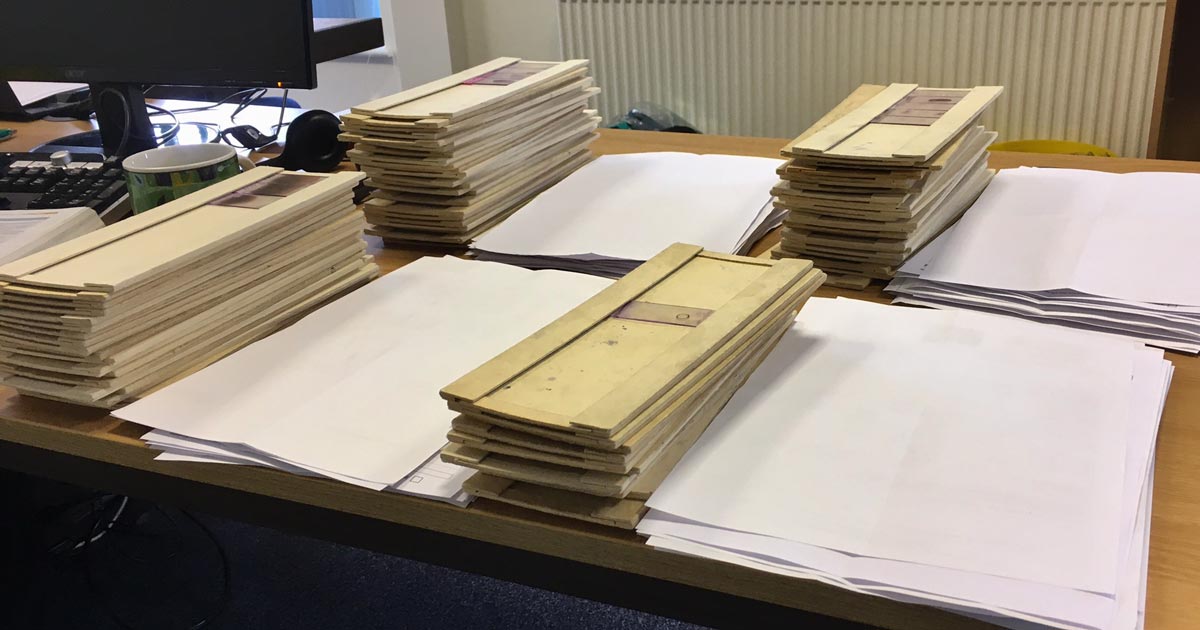
Pieces of paper
—
by
Several piles of paper are on the table in the centre of the room. The slide trays are stacked next to them; depending who has been on “winkling” duty, this is either a towering Manhattan skyline of ominous-looking pillars, or a sprawling shanty town of small groups and ordered by urgency, potential difficulty, quality of…
-

RCVS council election manifesto: Thomas Lonsdale
—
by
THOMAS LONSDALE BVetMed, MRCVS PO Box 6096, Windsor Delivery Centre, NSW 2756, Australia. T +61 2 4577 7061 M +61 437 2928 00 E tom@rawmeatybones.com PROPOSERS: Roger Meacock, Andrew Stephens 1980s – woke from vet-school induced stupor to realisation junk pet-food industry relies on bogus science and negligent vet “profession”. 1991 – Blew whistle on…